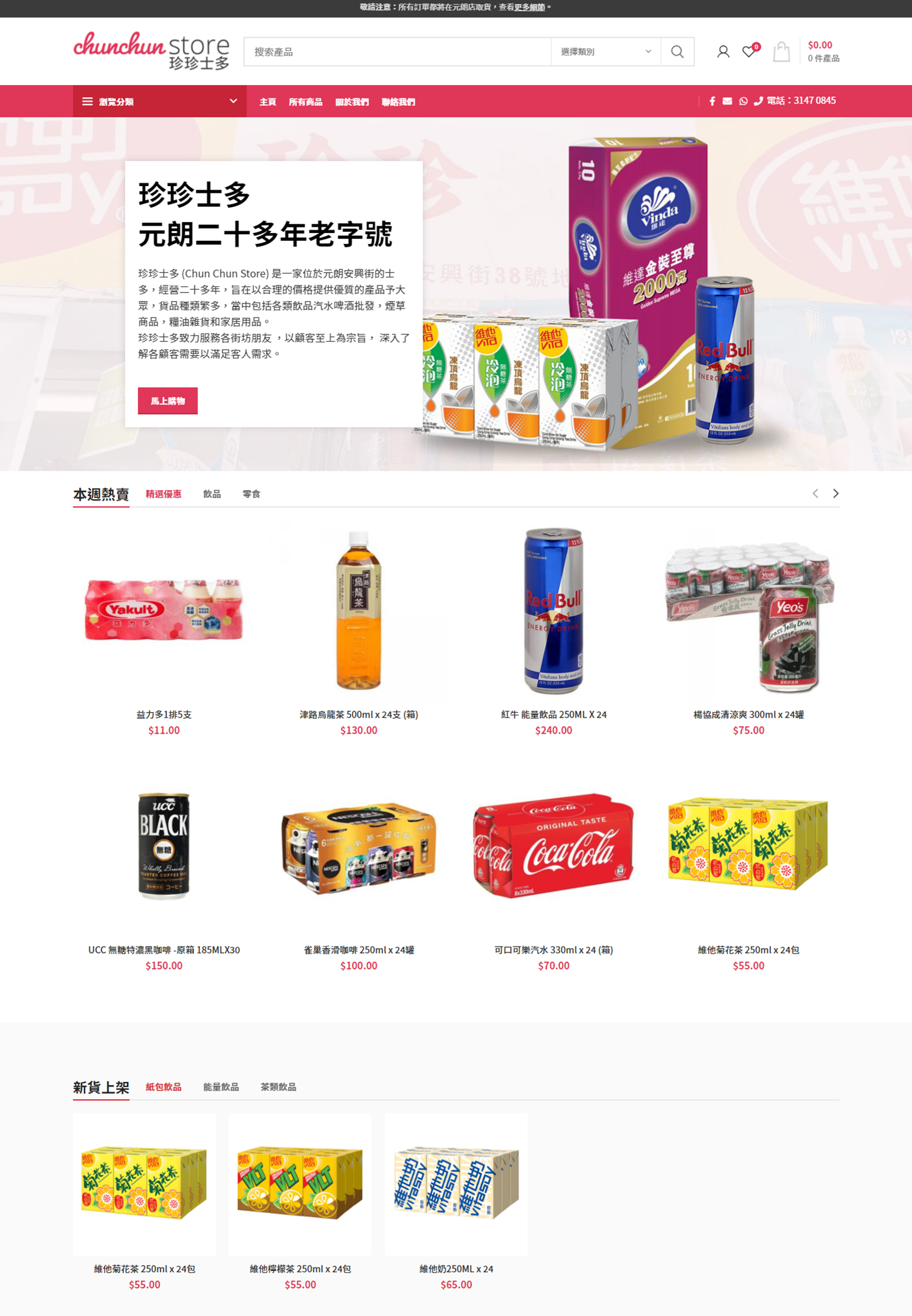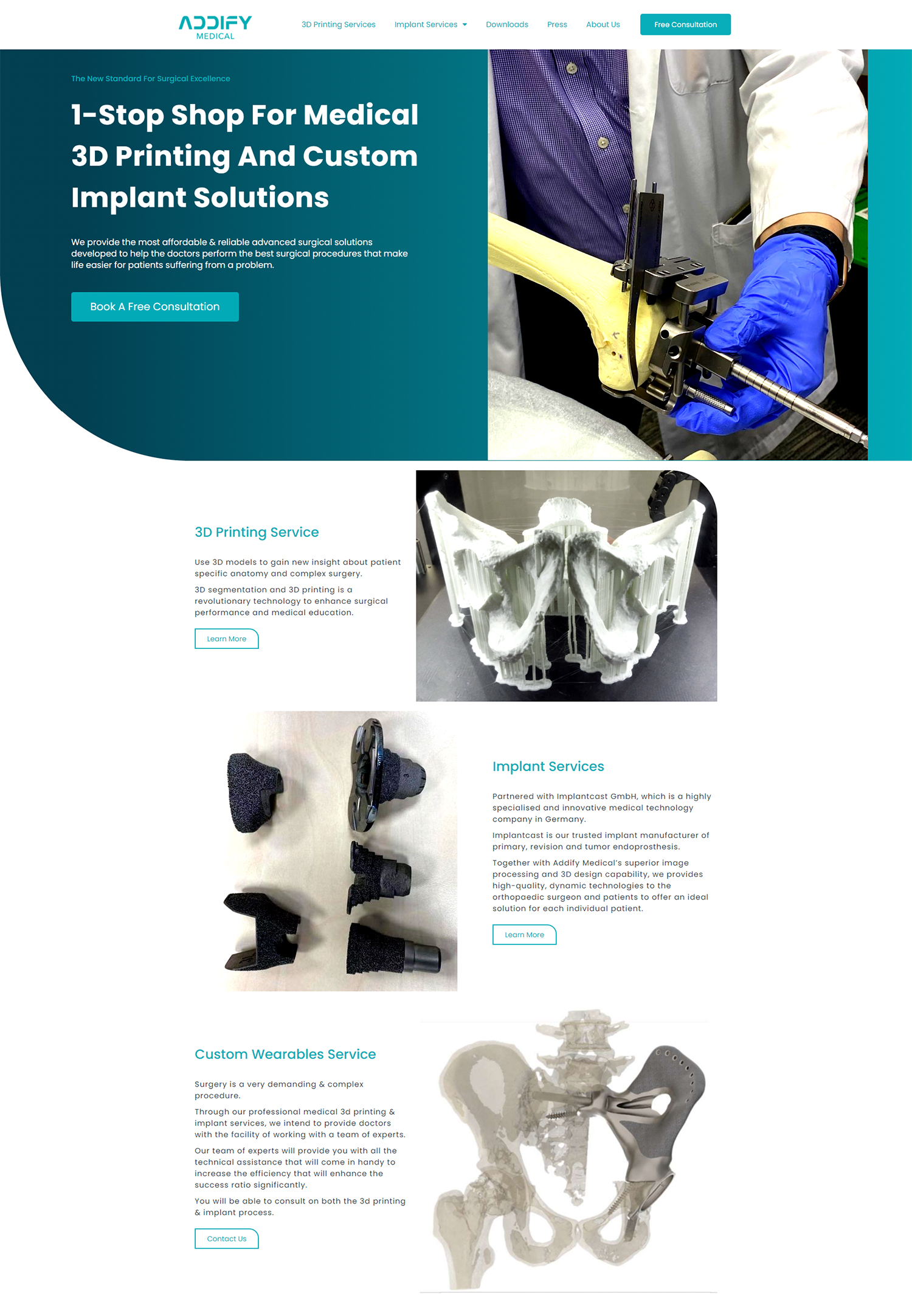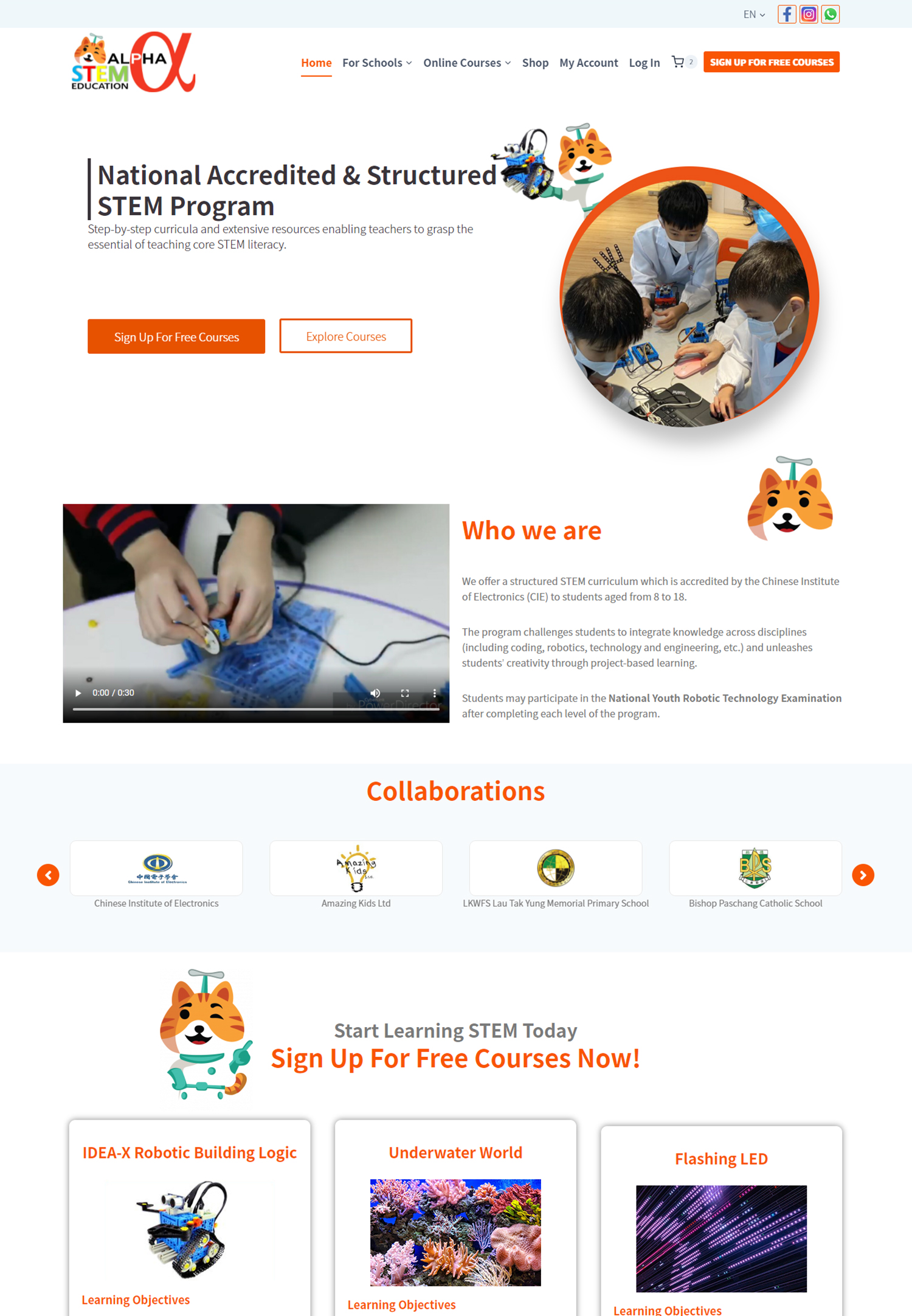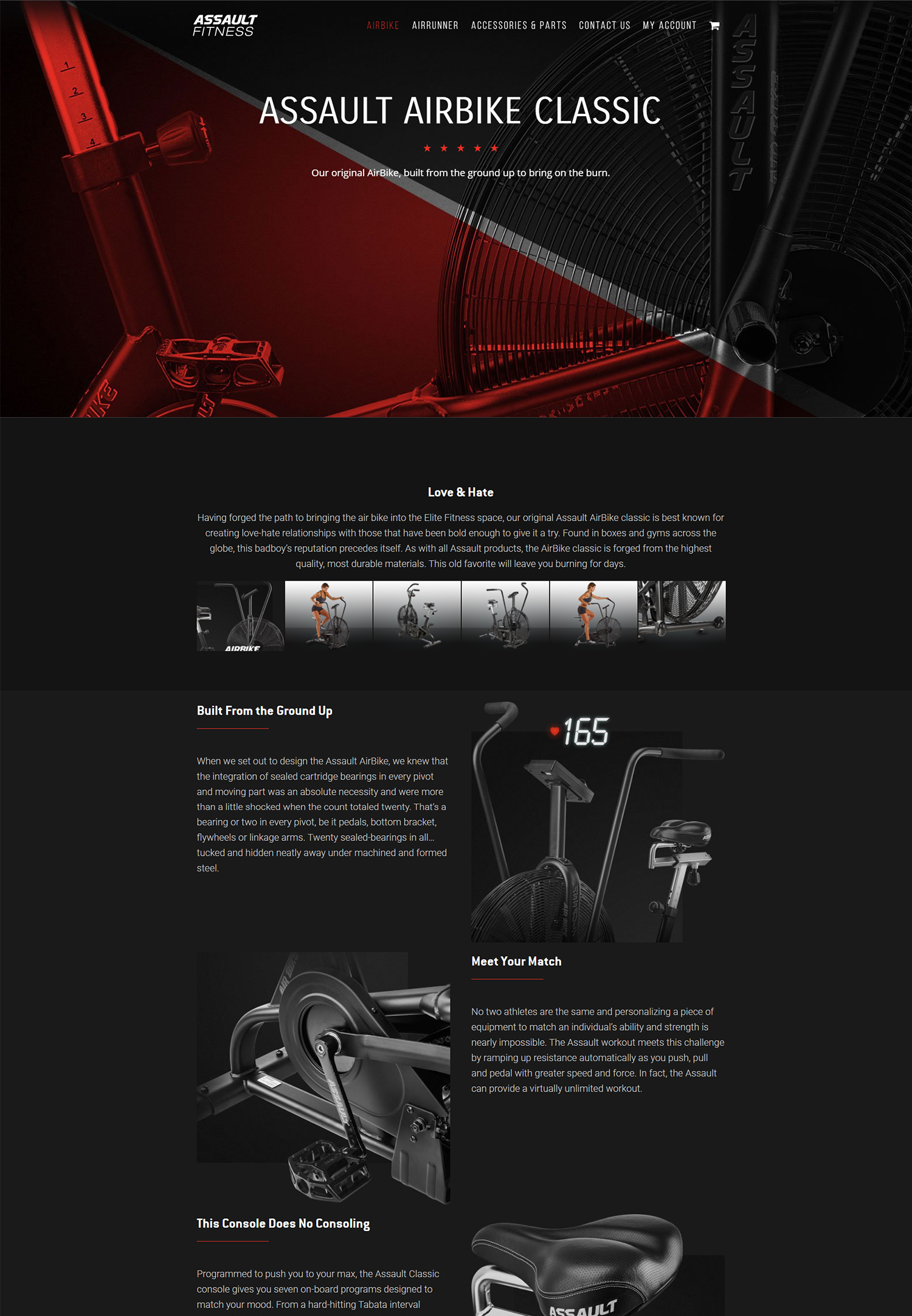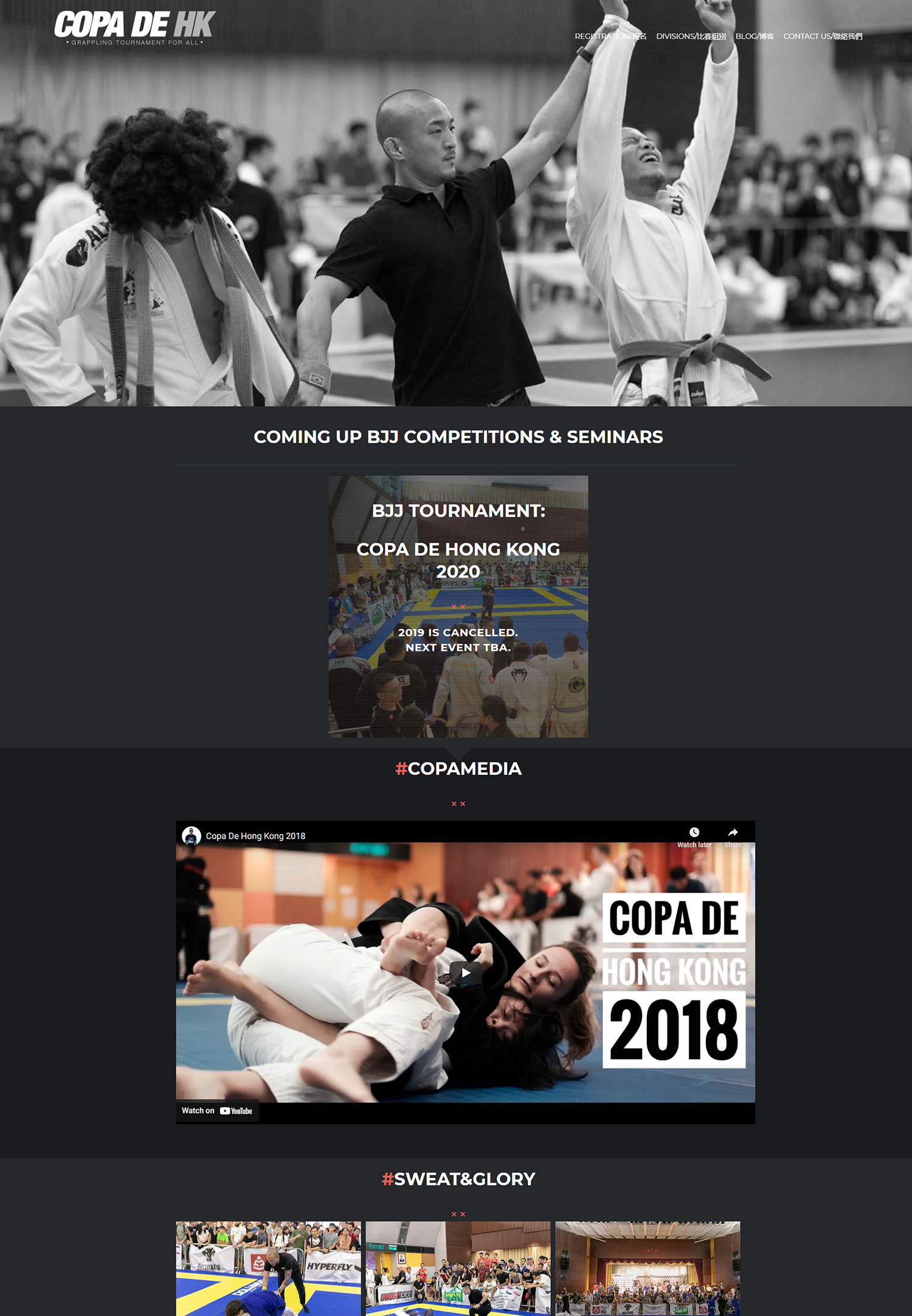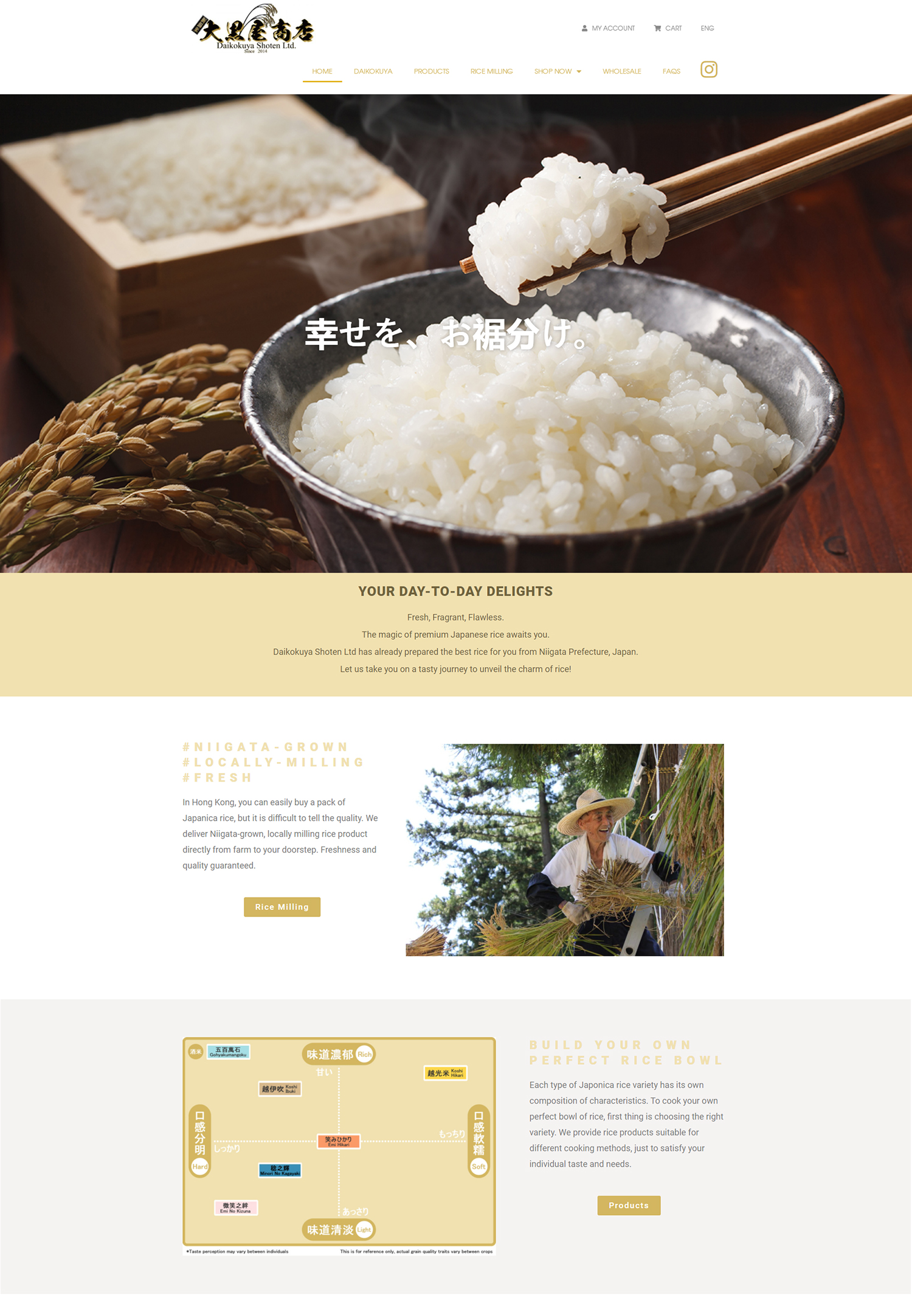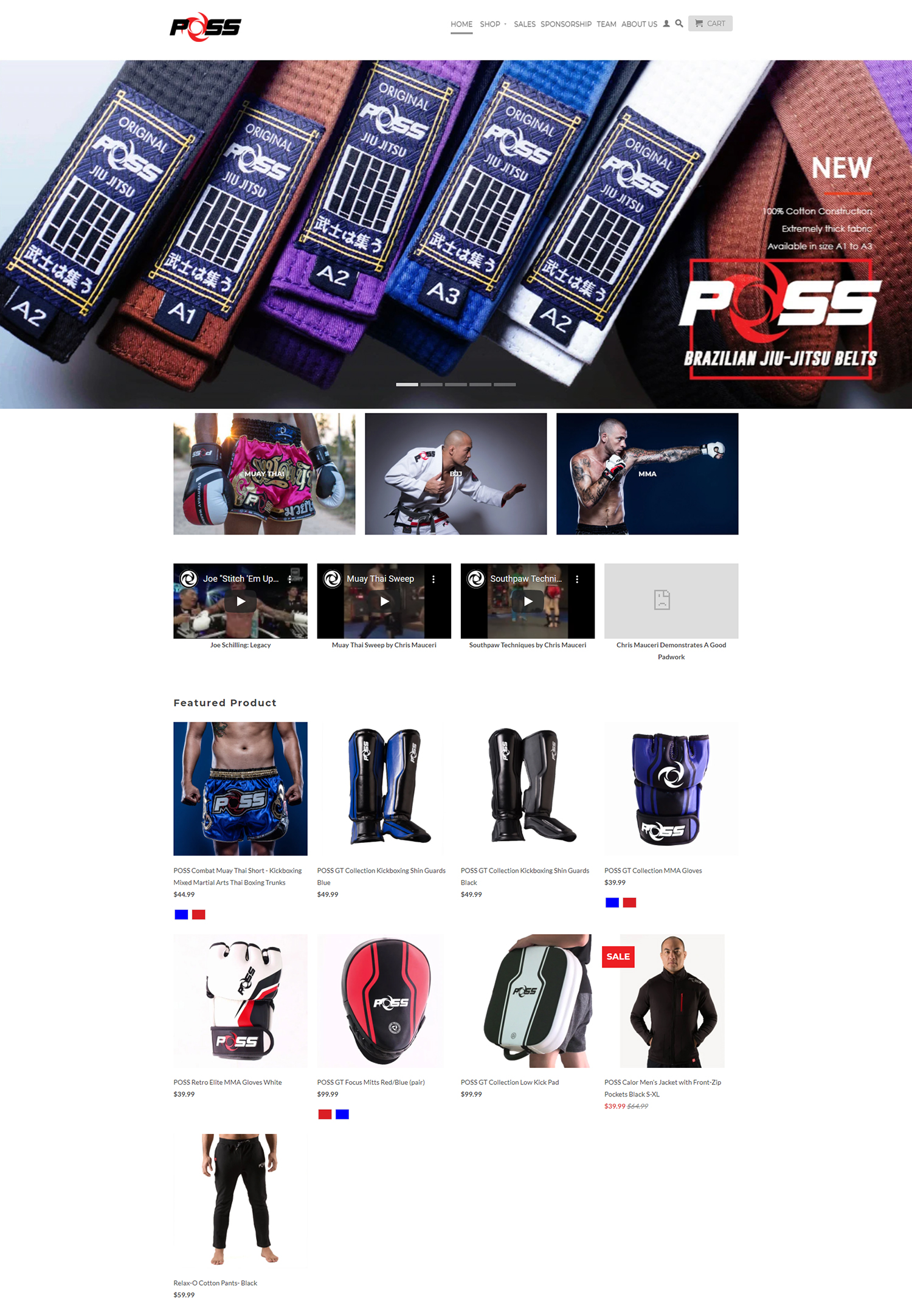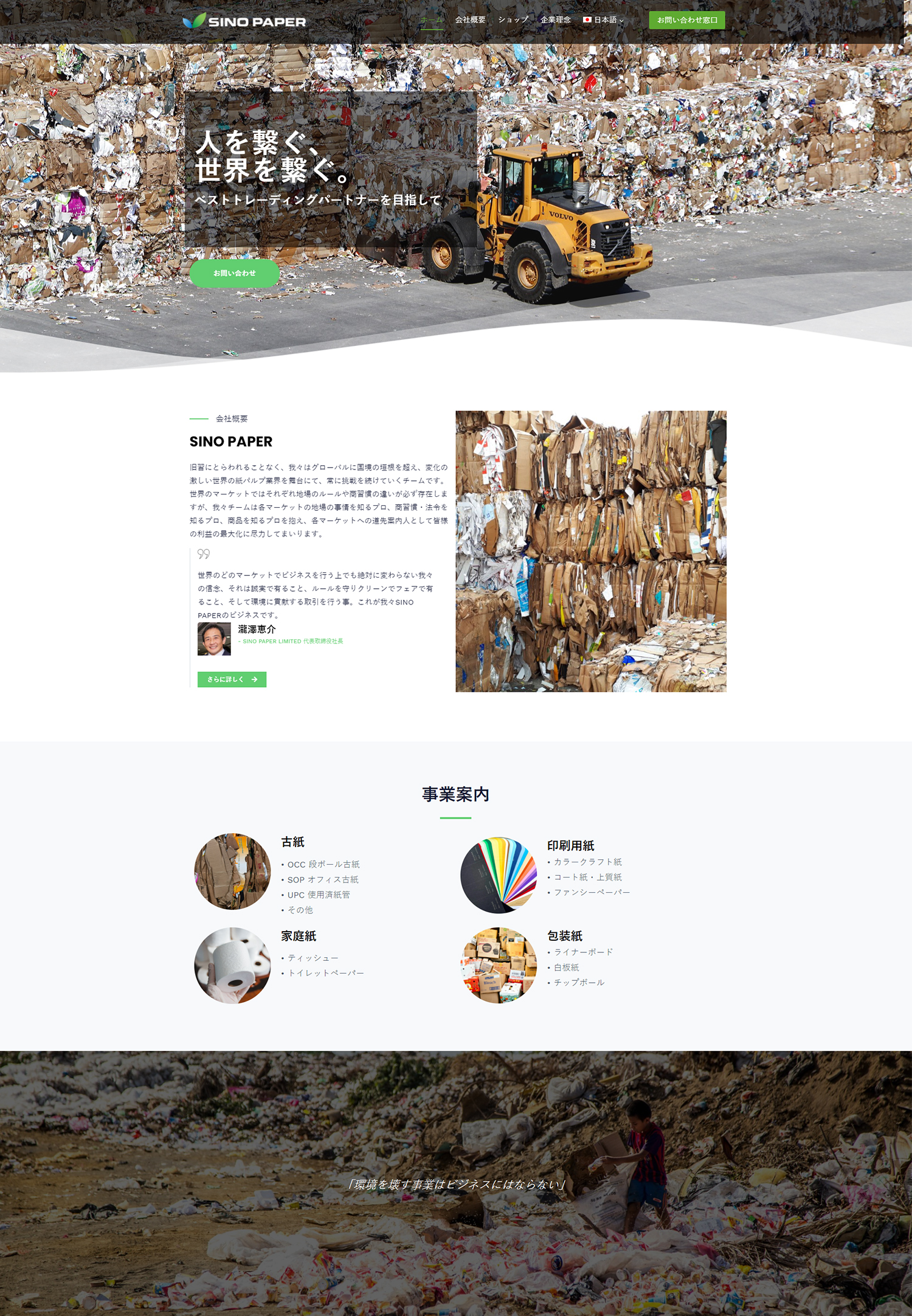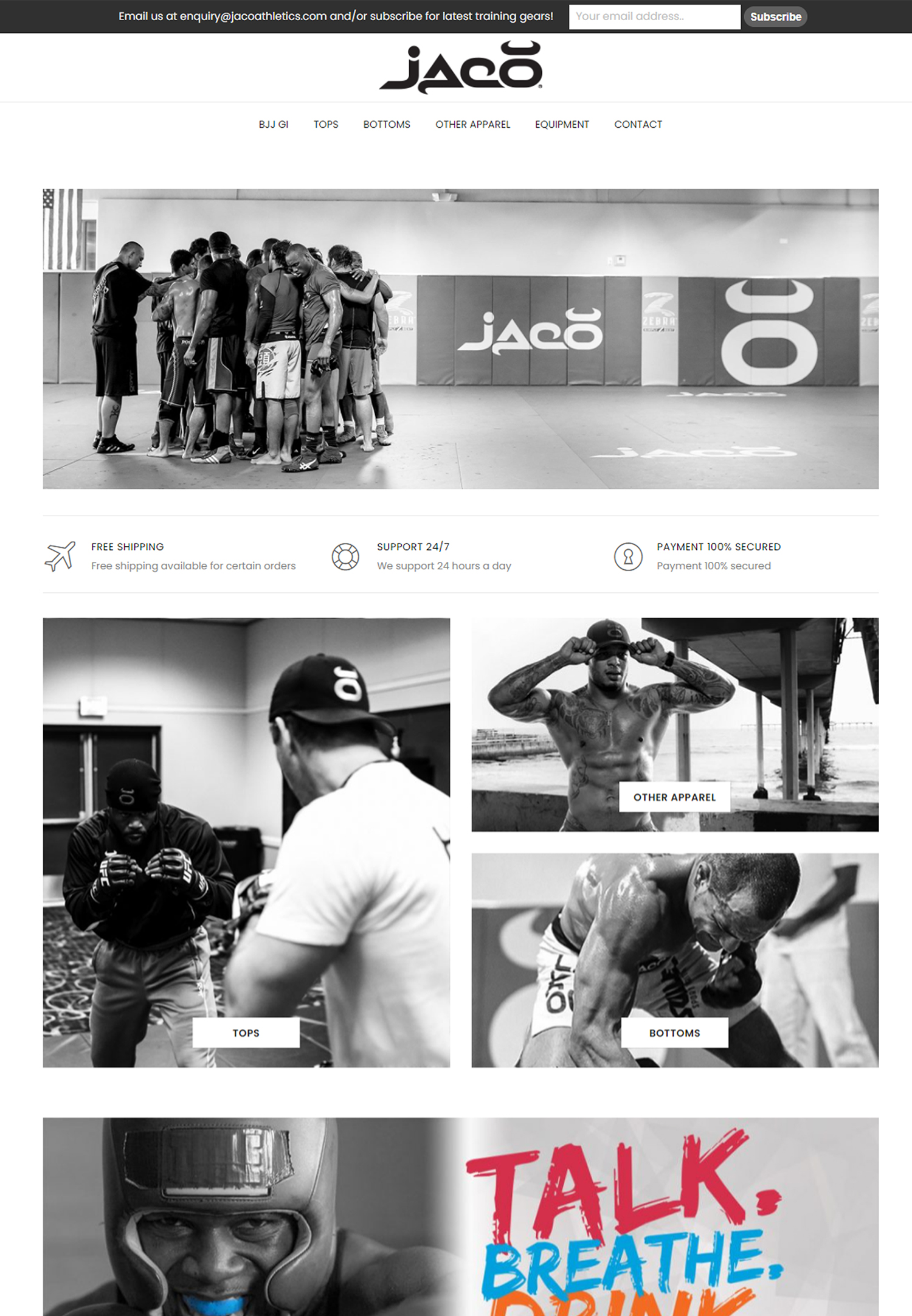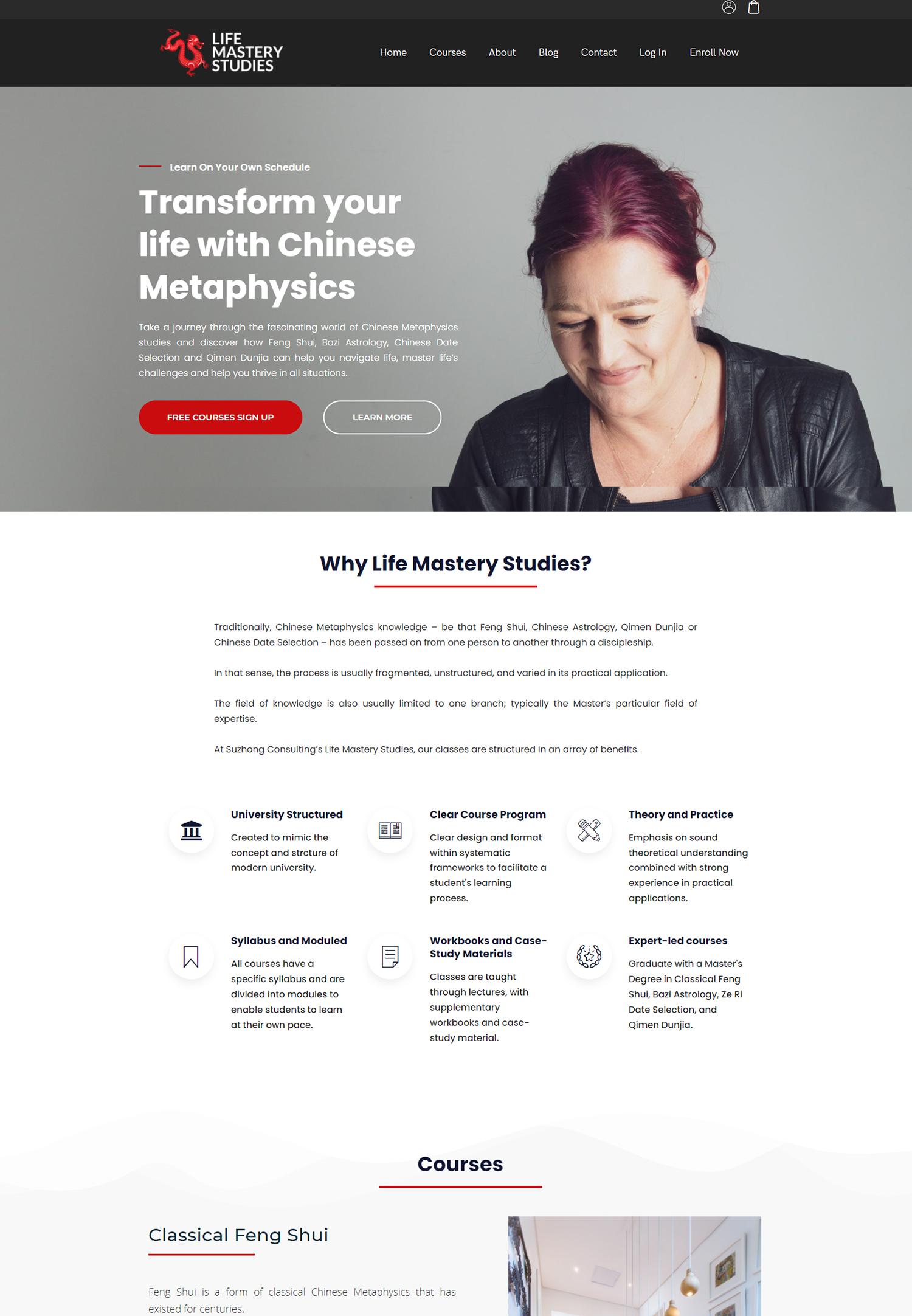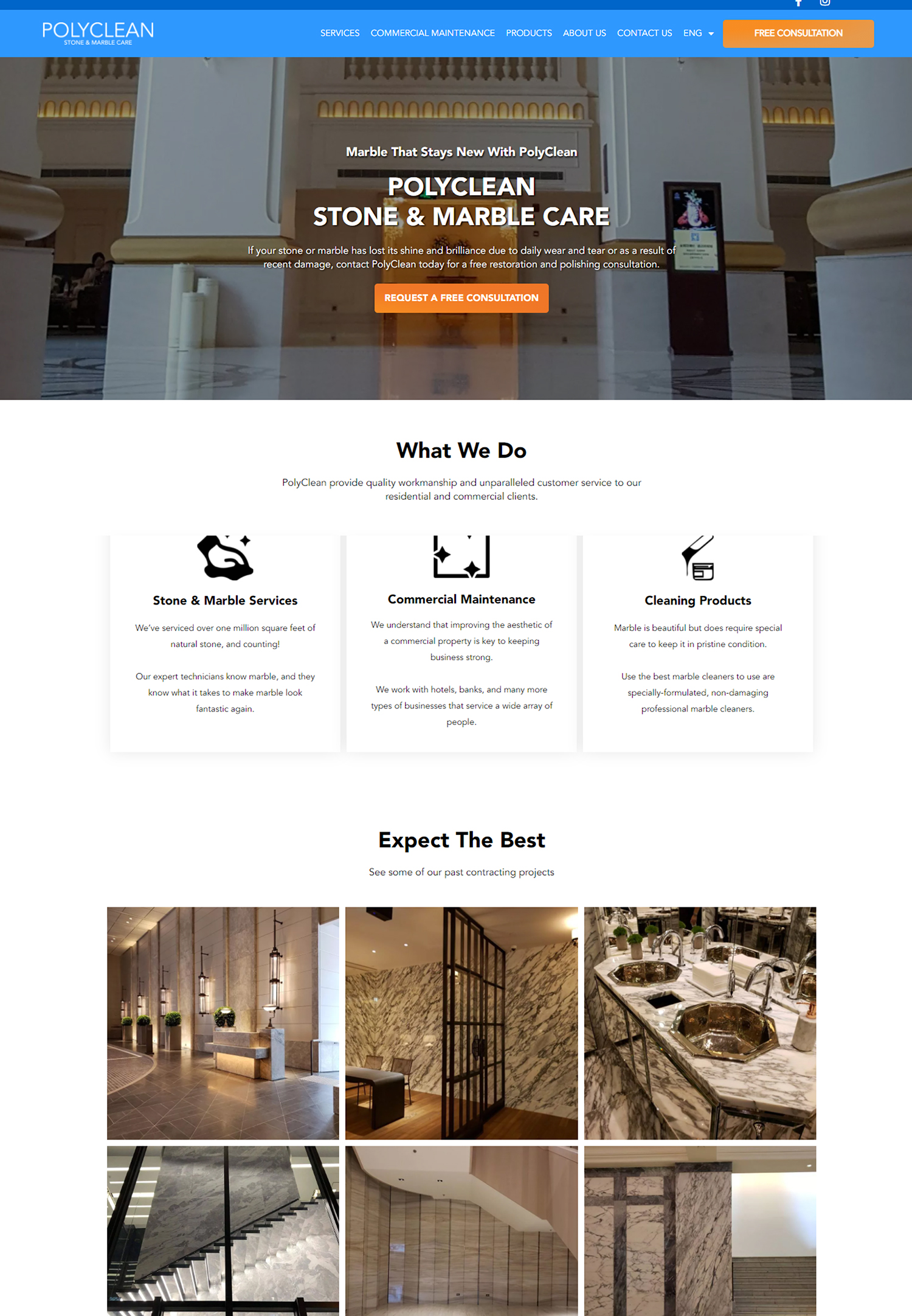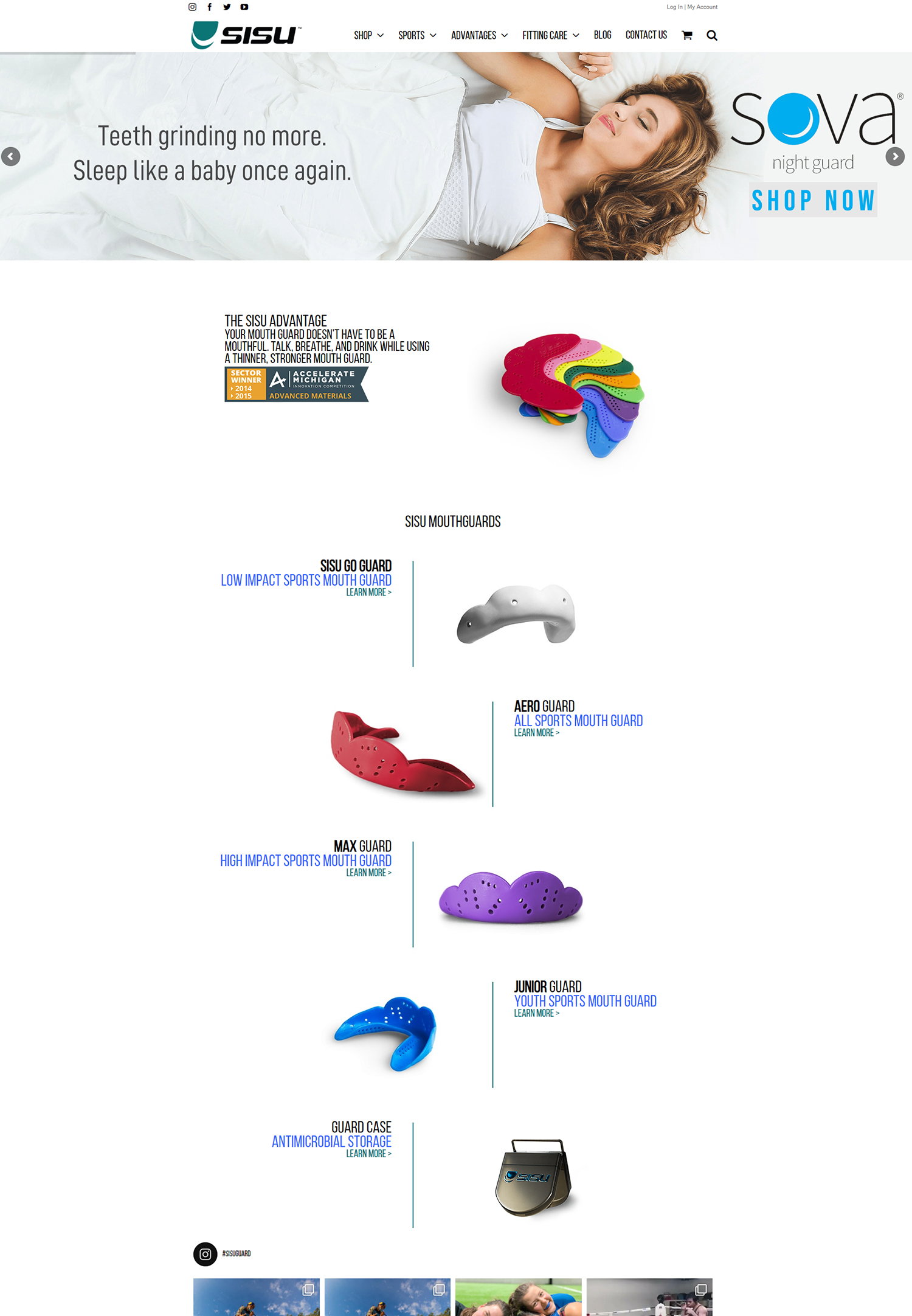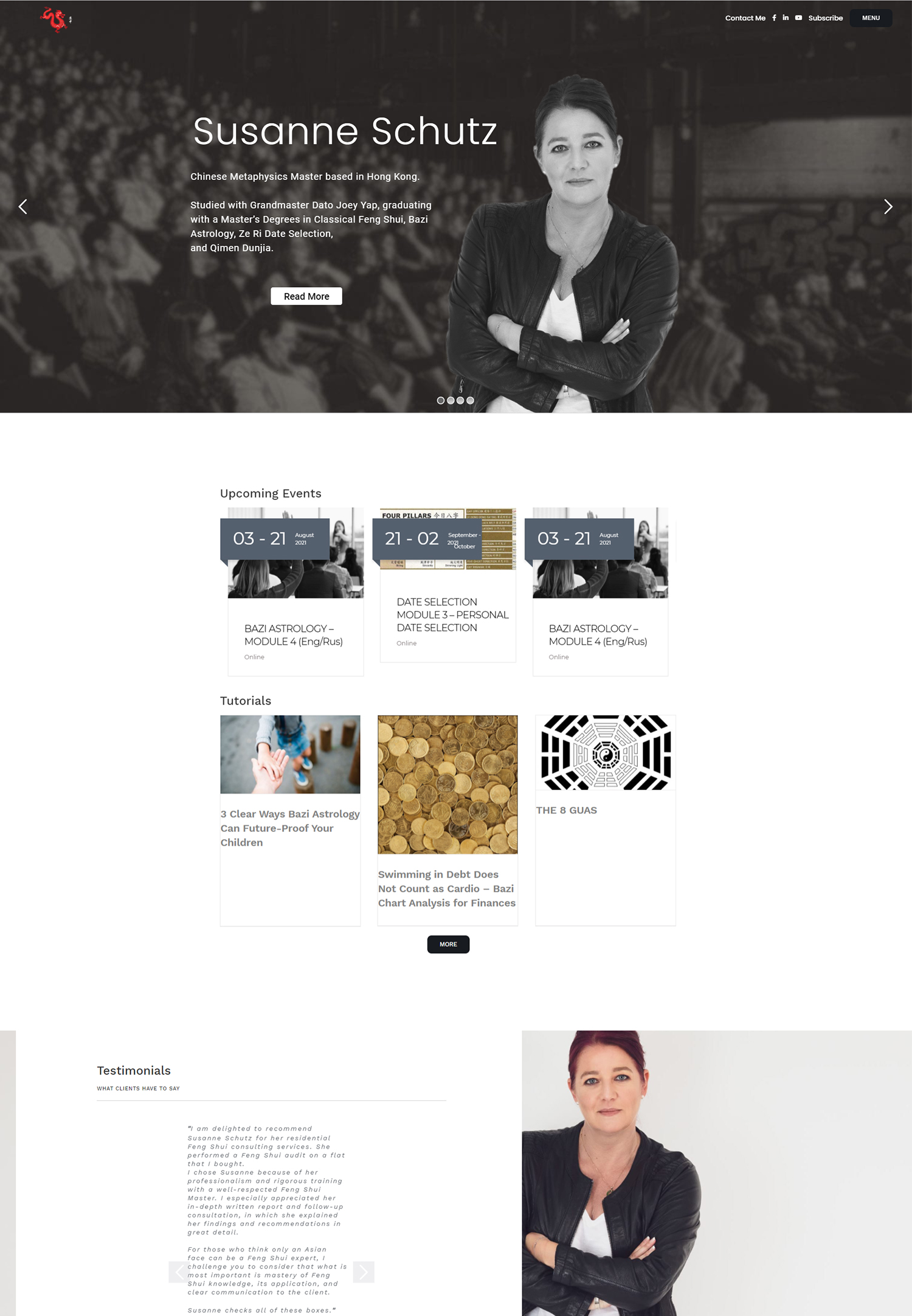A landing page is a web page that is specifically designed to capture the attention of visitors and encourage them to take a specific action, such as making a purchase, signing up for a newsletter, or filling out a form. It is often the first point of contact between a potential customer and a business, making it a crucial element of any digital marketing strategy.
Landing pages play a vital role in digital marketing because they serve as the gateway to conversions. They are designed to provide visitors with relevant information and guide them towards taking the desired action. A well-designed landing page can significantly increase conversion rates and help businesses achieve their marketing goals.
Importance of Compelling Landing Pages
Having a compelling landing page is essential for several reasons. Firstly, it helps to create a positive first impression on visitors. A visually appealing and well-structured landing page can capture the attention of visitors and make them more likely to engage with the content.
Secondly, compelling landing pages can effectively communicate the value proposition of a product or service. By highlighting the benefits and unique selling points, businesses can convince visitors that their offering is worth their time and money.
Lastly, compelling landing pages can increase conversion rates. By incorporating persuasive elements such as strong calls to action and social proof, businesses can encourage visitors to take the desired action, whether it’s making a purchase or signing up for a newsletter.
There are numerous examples of successful landing pages that have achieved impressive results. For instance, Airbnb’s landing page is known for its simplicity and clear messaging. It effectively communicates the value proposition of the platform by showcasing beautiful images of unique accommodations and providing a straightforward booking process.
Another example is Slack’s landing page, which uses strong visuals and concise messaging to highlight the benefits of their communication platform. The page also includes customer testimonials and case studies to build trust and credibility.
Understanding Your Target Audience
Understanding your target audience is crucial for creating a landing page that resonates with them. By knowing their needs, preferences, and pain points, businesses can tailor their messaging and design to effectively communicate the value proposition.
To identify your target audience, start by conducting market research. This can involve analyzing demographic data, conducting surveys or interviews, and studying competitor analysis. By gathering this information, businesses can gain insights into their target audience’s demographics, interests, and behaviors.
Additionally, businesses can use tools such as Google Analytics to track website visitors and gather data on their behavior. This can provide valuable insights into which pages they visit, how long they stay on the site, and what actions they take.
Crafting a Clear and Concise Message
Having a clear and concise message is essential for capturing the attention of visitors and communicating the value proposition effectively. A cluttered or confusing landing page can lead to high bounce rates and low conversion rates.
To craft an effective message, businesses should focus on the unique selling points of their product or service. What sets them apart from competitors? What problem do they solve for their target audience? By answering these questions concisely and clearly, businesses can create a compelling message that resonates with visitors.
Additionally, businesses should consider the use of headlines and subheadings to grab attention and guide visitors through the content. Using bullet points or numbered lists can also help to break up text and make it more scannable.
Utilizing Strong Visuals and Graphics
Using visuals and graphics on landing pages is crucial for capturing the attention of visitors and conveying information quickly. Studies have shown that people are more likely to remember information presented in a visual format compared to text alone.
When using visuals and graphics on landing pages, it’s important to choose high-quality images that are relevant to the product or service being offered. Images should be visually appealing and help to reinforce the messaging.
In addition to images, businesses can also use videos to engage visitors and provide more information about their offering. Videos can be used to showcase product demonstrations, customer testimonials, or explain complex concepts in a more engaging way.
Incorporating Effective Calls to Action
Having a strong call to action (CTA) is crucial for guiding visitors towards taking the desired action. A well-designed CTA can significantly increase conversion rates and help businesses achieve their marketing goals.
When creating a CTA, it’s important to use clear and concise language that tells visitors exactly what they need to do. For example, instead of using generic phrases like “Click here” or “Submit,” businesses should use specific and action-oriented language such as “Get started now” or “Sign up for a free trial.”
Additionally, businesses should consider the placement and design of their CTAs. They should be prominently displayed on the landing page and stand out from the rest of the content. Using contrasting colors, larger font sizes, or buttons can help to draw attention to the CTA.
Creating a Seamless User Experience
Creating a seamless user experience is crucial for keeping visitors engaged and guiding them towards taking the desired action. A poorly designed landing page that is difficult to navigate or understand can lead to high bounce rates and low conversion rates.
To create a seamless user experience, businesses should focus on simplicity and clarity. The layout of the landing page should be clean and uncluttered, with clear headings and subheadings that guide visitors through the content.
Additionally, businesses should ensure that the landing page is mobile-friendly. With the increasing use of smartphones and tablets, it’s essential that landing pages are optimized for different screen sizes and devices.
Testing and Optimizing Your Landing Pages
Testing and optimizing landing pages is crucial for improving conversion rates over time. By analyzing data and making data-driven changes, businesses can identify areas for improvement and make adjustments to maximize results.
There are several best practices for testing and optimizing landing pages. Firstly, businesses should conduct A/B testing, where two versions of a landing page are compared to see which one performs better. This can involve testing different headlines, CTAs, visuals, or layouts.
Secondly, businesses should analyze user behavior using tools such as heatmaps or click tracking. This can provide insights into how visitors interact with the landing page and identify areas where they may be getting stuck or confused.
Lastly, businesses should regularly review and update their landing pages based on the data and insights gathered. By continuously testing and optimizing, businesses can ensure that their landing pages are always performing at their best.
Analyzing Your Conversion Metrics
Analyzing conversion metrics is crucial for understanding the effectiveness of your landing pages and making data-driven decisions. By tracking key metrics, businesses can gain insights into how visitors are interacting with the landing page and identify areas for improvement.
Some key metrics to track and analyze include conversion rate, bounce rate, average time on page, and click-through rate. Conversion rate measures the percentage of visitors who take the desired action, while bounce rate measures the percentage of visitors who leave the page without taking any action.
Average time on page can provide insights into how engaging the content is, while click-through rate measures the percentage of visitors who click on a specific element such as a CTA or link.
By regularly analyzing these metrics and comparing them to industry benchmarks or previous performance, businesses can identify areas for improvement and make data-driven decisions to optimize their landing pages.
Continuously Improving Your Landing Page Strategy
Continuously improving your landing page strategy is crucial for staying ahead of the competition and maximizing results. Digital marketing is constantly evolving, and what works today may not work tomorrow.
To continuously improve your landing page strategy, businesses should stay up to date with industry trends and best practices. They should regularly review and update their landing pages based on data and insights gathered from testing and analysis.
Additionally, businesses should seek feedback from customers and visitors to understand their needs and preferences. This can involve conducting surveys or interviews, or monitoring social media channels for feedback and reviews.
By continuously improving your landing page strategy, businesses can ensure that their landing pages are always optimized for maximum results and conversions.
Conclusion:
In conclusion, landing page design plays a crucial role in digital marketing. A well-designed landing page can capture the attention of visitors, effectively communicate the value proposition, and guide them towards taking the desired action. By understanding your target audience, crafting a clear and concise message, utilizing strong visuals and graphics, incorporating effective calls to action, creating a seamless user experience, testing and optimizing landing pages, analyzing conversion metrics, and continuously improving your landing page strategy, businesses can maximize their conversion rates and achieve their marketing goals. Having a strong landing page strategy is essential in today’s competitive digital landscape.
If you’re looking to create a compelling landing page design, it’s important to consider various factors that can enhance its effectiveness. One crucial element is the use of video on your website. Incorporating videos can significantly improve user engagement and conversion rates. To learn more about the benefits of using video on your website, check out this informative article from Populis Digital: https://populisdigital.com/use-video-on-your-website/.
FAQs
What is a landing page?
A landing page is a web page that is specifically designed to convert visitors into leads or customers. It is usually the first page that a visitor sees after clicking on an advertisement or a search engine result.
Why is landing page design important?
Landing page design is important because it can significantly impact the conversion rate of a website. A well-designed landing page can increase the chances of a visitor taking the desired action, such as filling out a form or making a purchase.
What are the key elements of a compelling landing page design?
The key elements of a compelling landing page design include a clear and concise headline, a strong call-to-action, relevant and persuasive content, visually appealing design, and social proof.
How can I make my landing page design more effective?
To make your landing page design more effective, you can conduct A/B testing to determine which design elements work best, use clear and concise language, optimize your page for mobile devices, and use high-quality images and videos.
What are some common mistakes to avoid in landing page design?
Some common mistakes to avoid in landing page design include using too much text, having a confusing or cluttered layout, not having a clear call-to-action, and not optimizing the page for mobile devices.





